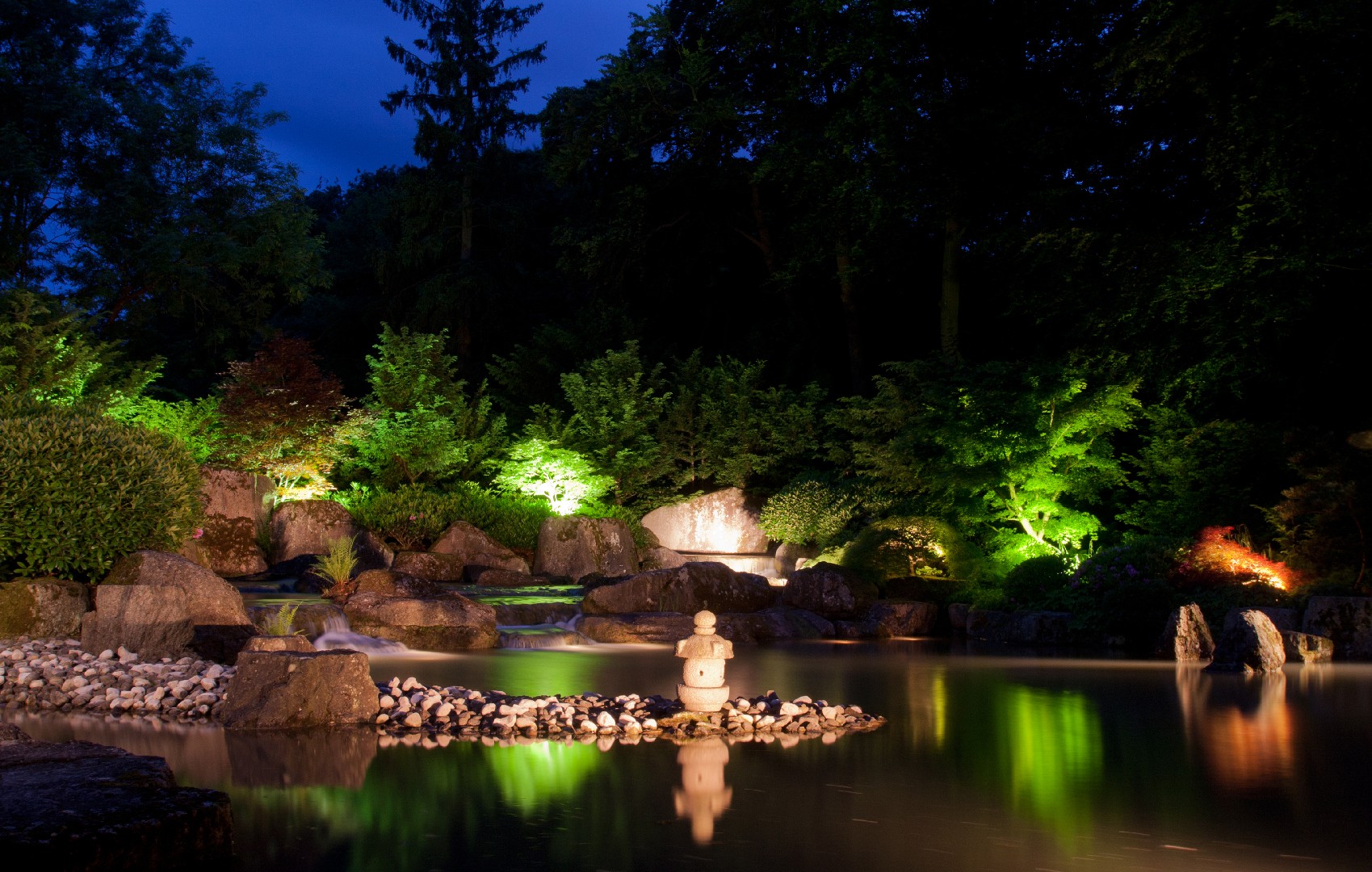![Rectangle]()
Creative Techniques for Garden Lighting
When it comes to creating dramatic visual effects using garden lighting, there are various creative techniques that can be employed. These techniques, such as backlighting, sidelighting, and spotlighting, can truly enhance the 'drama' of a garden and transform it into a mesmerizing and enchanting space.
Backlighting is a technique that involves placing light sources behind an object or feature in the garden. This creates a beautiful silhouette effect and can highlight the shape and form of plants, trees, or sculptures. By positioning lights strategically, you can create stunning visual effects and add depth and dimension to your garden.
Sidelighting is another creative technique that can be used to add drama to your garden. This technique involves placing lights to the side of an object or feature, resulting in dramatic shadows and highlighting texture and detail. By casting shadows at different angles, you can create a sense of depth and intrigue in your garden.
Spotlighting is a technique that involves using a focused beam of light to highlight a specific object or feature in your garden. This can be used to draw attention to a focal point, such as a beautiful flower arrangement or a water feature. By illuminating specific areas, you can create a sense of drama and draw the eye towards the desired elements.
Understanding how to use these techniques to their best advantage in different settings is key to creating stunning visual effects. Factors such as the size and layout of your garden, the types of plants and features you have, and the ambiance you want to create will all play a role in determining the most effective approach.
In addition to using creative techniques, the role of fixtures and lighting equipment should not be overlooked. The type of fixtures you choose can greatly impact the quality and direction of light. For example, floodlights can provide a broad wash of light, while spotlights can focus on specific areas. It is important to select lighting equipment that best suits your needs and enhances the overall atmosphere of your garden.
To further enhance the visual effects, consider incorporating color filters or changing the intensity of the light. This can create a more dynamic and captivating atmosphere, especially during special occasions or events.
In conclusion, exploring creative lighting techniques like backlighting, sidelighting, and spotlighting can truly elevate the ambience of your garden. By understanding how to use these techniques to their best advantage, and by carefully selecting fixtures and lighting equipment, you can craft dramatic visual effects and transform your garden into a breathtaking and enchanting space. So, go ahead and unleash your creativity to create a truly magical experience in your own backyard!





